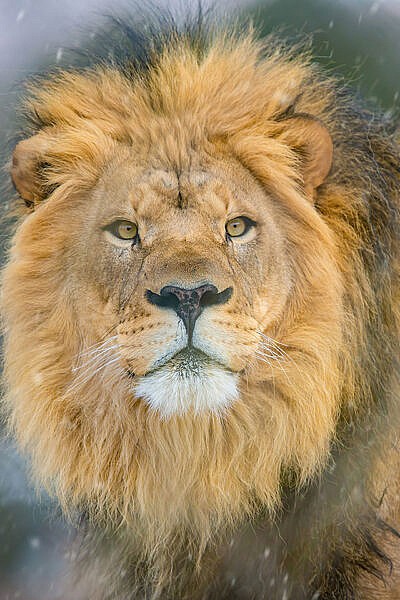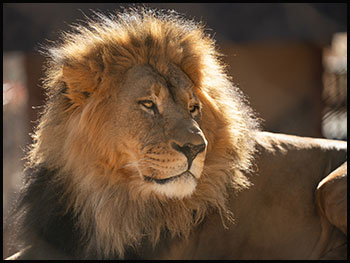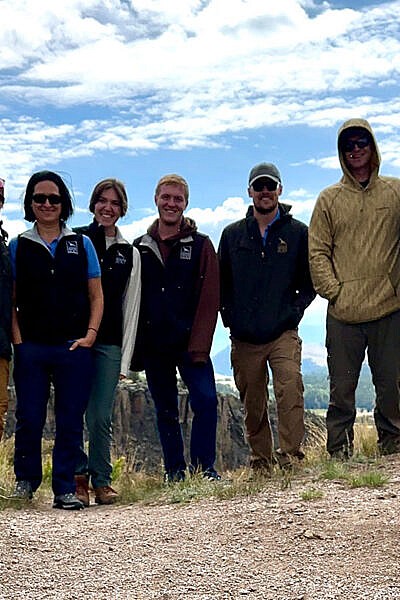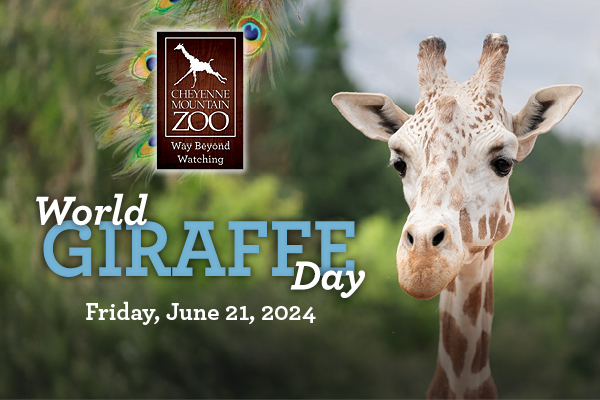
On the longest day of the year, Cheyenne Mountain Zoo will celebrate the longest-necked animal: the giraffe! On Fri., June 21, giraffe keepers and staff from the International Center for the Care and Conservation of Giraffe (The Giraffe Center) are throwing a daylong event to commemorate World Giraffe Day.
“This is our way of thanking our community for their dedication to our herd, our Zoo and our conservation partners all year long,” says Diana Miller, giraffe specialist at The Giraffe Center. “We have a ton of inspiring activities planned!”
There will be many giraffe-themed activities along the giraffe plaza and the giraffe boardwalk, where guests can learn about CMZoo’s giraffe herd and take direct steps to save wild giraffe. From 9 a.m. to 2 p.m., several giraffe-themed activities are free for anyone with a ticket to the Zoo. Guests who want to participate in the giraffe fan parade should be sure to get a ticket for 10 a.m. or earlier. A full schedule of events is available at https://www.cmzoo.org/world-giraffe-day/.
Watch for signs on how to navigate through African Rift Valley as we embark on our exciting giraffe habitat improvements, scheduled to start in mid-June. Learn more about the giraffe herd’s future home and consider supporting it here: cmzoo.org/giraffeproject
By visiting the Zoo, guests and members can help save giraffe on World Giraffe Day and every day. Through CMZoo’s Quarters for Conservation (Q4C) program, every admission to the Zoo raises 75¢ for conservation. Since 2008, guests and members have raised more than $5 million for frontline conservation partners and projects around the world.
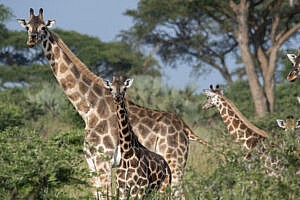
Giraffe are one of CMZoo’s legacy Q4C projects, so an easy way to support giraffe conservation is to simply visit the Zoo. Specifically, CMZoo visitors are supporting Giraffe Conservation Foundation (GCF) and their important work studying and protecting wild giraffe, growing populations, advocating government protections and policies for giraffe, and educating and empowering communities who live near wild giraffe.
“In the past year, members’ and guests’ Q4C funds supported additional anti-poaching efforts by funding a new GCF veterinary vehicle to respond to snaring and poaching,” says Diana. “We still have a long way to go, but it’s working, too. With this support, the latest surveys show that the population of wild giraffe is increasing steadily.”
With Q4C support, GCF continues to monitor giraffe populations in Uganda, in partnership with the Uganda Wildlife Authority. Recent surveys indicate that all four populations of giraffe in Uganda are increasing in number, with seven new calves reported in Lake Mburo National Park, seven calves in Pian Upe Wildlife Reserve, thirteen calves in Kidepo Valley National Park, and four hundred calves in Murchison Falls National Park.
“I keep having to tell people that’s not a typo,” Diana says. “There really are four hundred calves documented in the population in Murchison Falls National Park. That population is an excellent example of what can happen when all of the delicate conservation puzzle pieces fit together well.”
In addition to fieldwork and local communities’ buy-in to coexisting with giraffe, an important piece of the conservation puzzle is public support and funding. Zoos play a vital role by inspiring people all over the world to care for wildlife and wild places – and with programs like Q4C, zoos can connect funding from inspired people to frontline organizations who can make the impact.
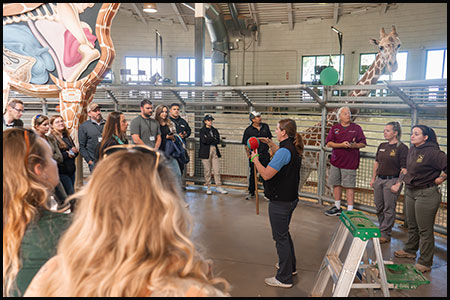
“Nobody helps guests fall in love with giraffe as well as our herd can,” Diana says. “From confident Tumbili to curious Wednesday, sassy Azmera and wise Mahali, the giraffe at CMZoo have inspired countless people to care for their wild counterparts. They have the most important jobs here at the Zoo, and our job is to take good care of them.”
CMZoo’s herd receives top-of-the-line care with hoof care and husbandry training programs that continue to lead the profession. After more than a decade sharing methods with other giraffe care teams, CMZoo established The Giraffe Center to serve as a resource for all giraffe care professionals. The Giraffe Center offers in-person and online husbandry and hoof care trainings, as well as customized consultations for giraffe care teams all over the world.
“We love traveling to other facilities to see how they do things, brainstorm problem solving with them, share what works for us and discuss what we’ve learned from other organizations,” says Amy Schilz, senior animal behaviorist at The Giraffe Center. “But, there’s nothing like being with your home herd. Our giraffe are such rockstars at training, so our annual workshops here at CMZoo are a lot of fun.”
At the end of May, The Giraffe Center hosted another giraffe behavior workshop at CMZoo with Behavior Works. The behavior workshop is a continuation from the introductory giraffe care workshop. At the behavior workshop, Amy and The Giraffe Center team help giraffe care professionals build upon the fundamental teachings they learn from the intro giraffe care workshop by getting hands-on with members of the CMZoo herd.
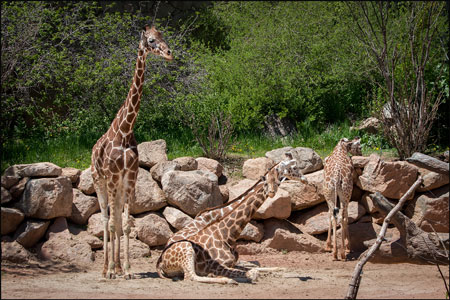
“CMZoo’s investment in The Giraffe Center has been fulfilling because we know we’re making giraffes’ lives better,” Amy says. “Seeing our workshop attendees work with our giraffe to learn how it should look to trim a hoof, and then hearing about their giraffe’s improved mobility at home after they’ve applied what they learn is so rewarding.”
The network and collaboration between giraffe organizations goes both ways. Amy and Diana have been instrumental in the design of the new barn that will soon stand tall in African Rift Valley at CMZoo. The team has traveled internationally to share best practices of giraffe care and to observe how others’ facilities and environments can best support a herd.
“We’re focused on environmental enrichment for all of our animals at the Zoo,” says Amy. “With a brand-new giraffe barn coming to CMZoo soon, we’re going to be able to fine-tune building and yard features that we’ve seen work elsewhere as we build this environment from the ground up. It’s happening soon, and we’re really excited to help it come together.”
The 10,000-square-foot giraffe barn’s design is in final considerations. Guests and members should expect to see changes to African Rift Valley start soon, and continue for the next few years as The Giraffe Center takes shape.
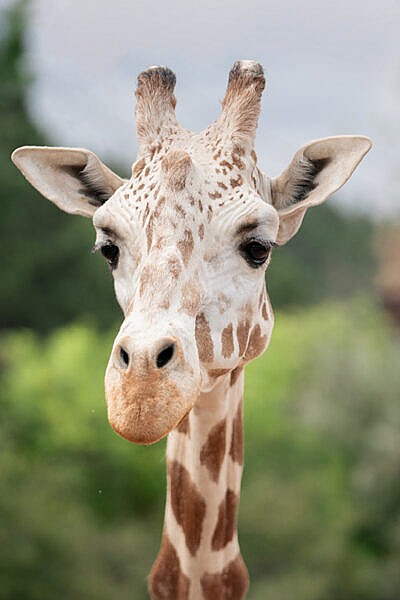

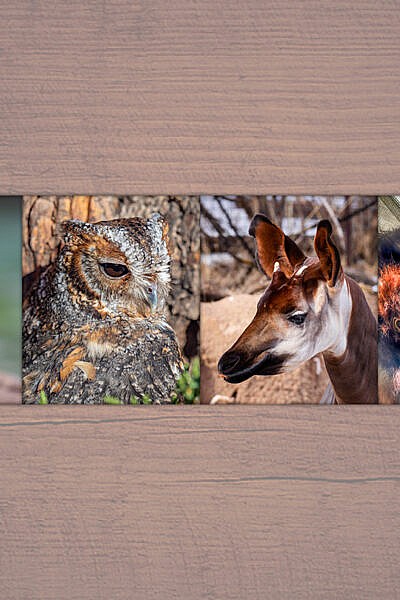
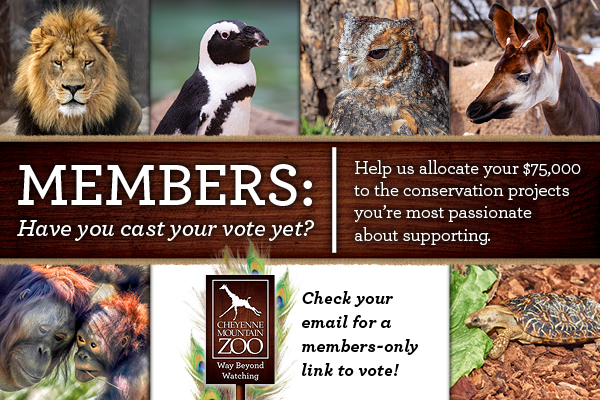
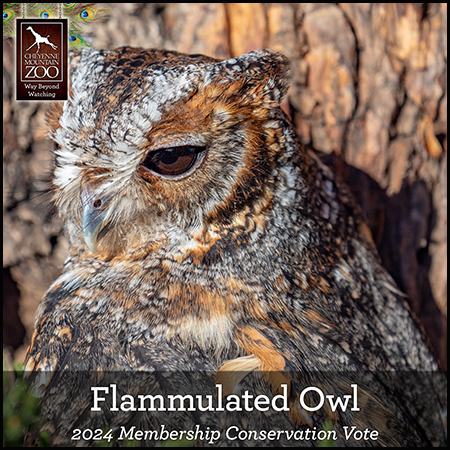
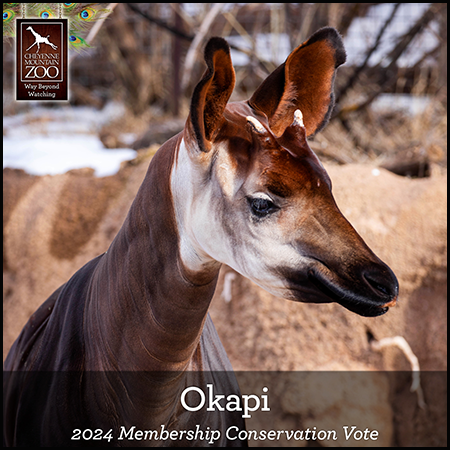
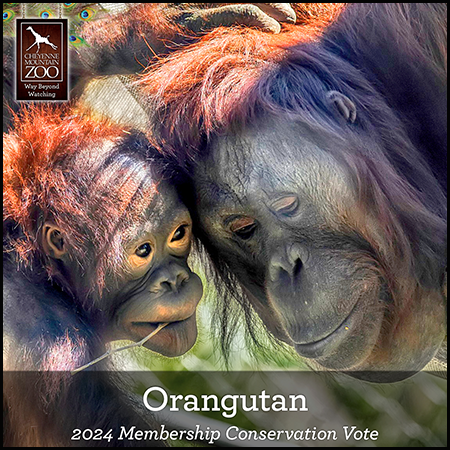




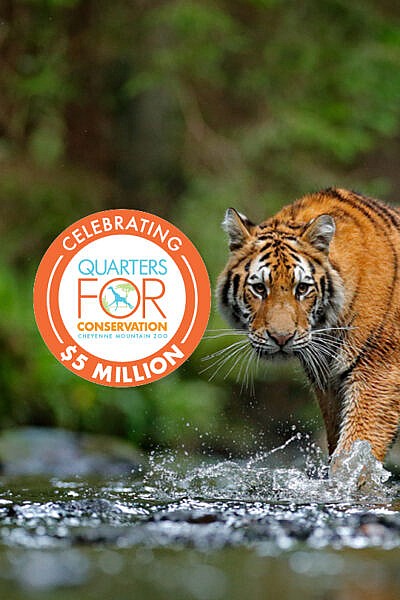
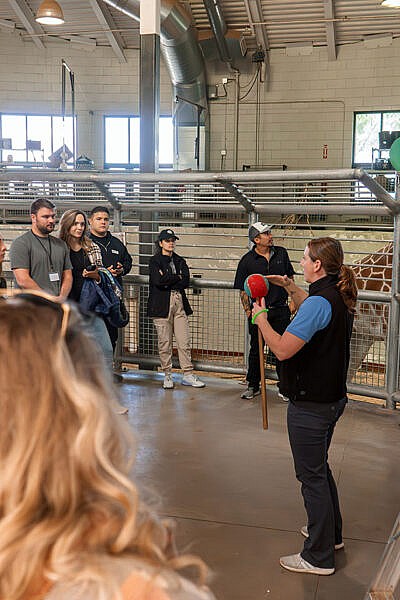



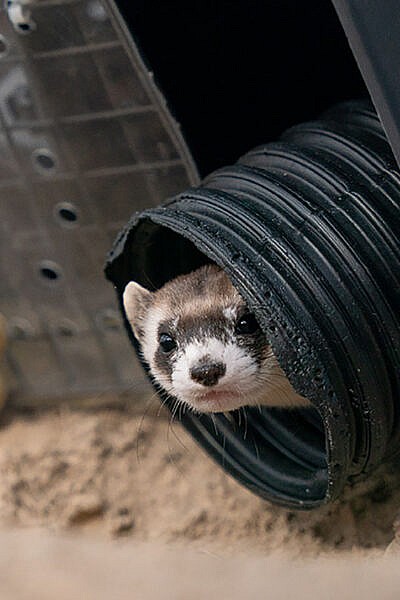
 It was a big year to celebrate for black-footed ferret (BFF) conservation enthusiasts. Including Cheyenne Mountain Zoo’s kits, 417 BFF kits were born into the program. That’s the most kits born in a single year program-wide in a decade!
It was a big year to celebrate for black-footed ferret (BFF) conservation enthusiasts. Including Cheyenne Mountain Zoo’s kits, 417 BFF kits were born into the program. That’s the most kits born in a single year program-wide in a decade!


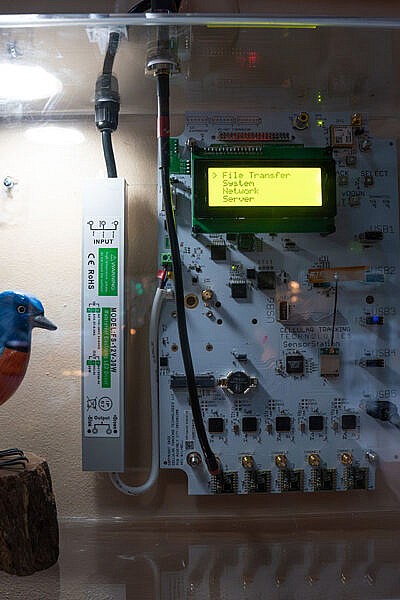
 Cheyenne Mountain Zoo’s members are taking the joys of birdwatching to another level – and the biggest benefactors are the birdies.
Cheyenne Mountain Zoo’s members are taking the joys of birdwatching to another level – and the biggest benefactors are the birdies.



